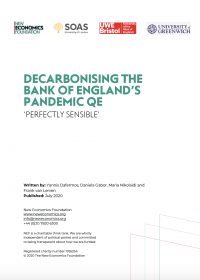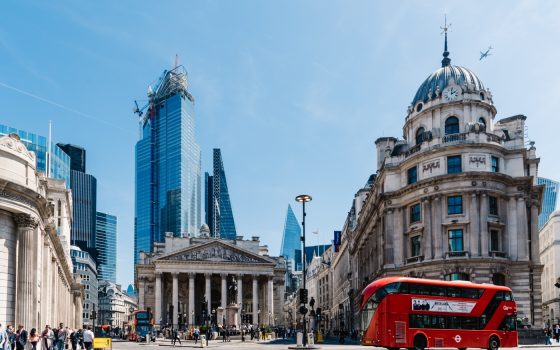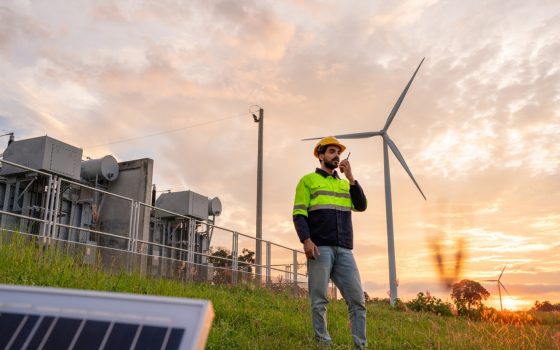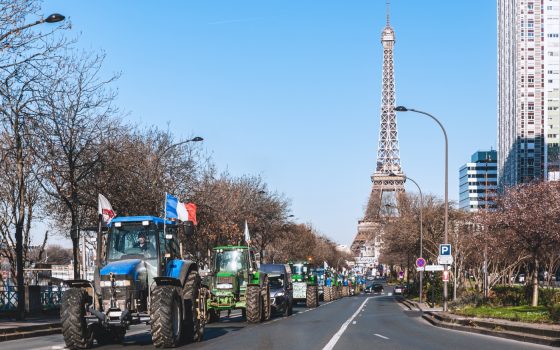Decarbonising the Bank of England’s Pandemic QE
'Perfectly Sensible'
04 August 2020
In March 2020, the Bank of England (BoE) announced new measures to support the UK economy in withstanding the COVID-19 crisis. The Bank committed to expand its Corporate Bond Purchase Scheme (CBPS) by a further £10bn, bringing the Bank’s holding of sterling non-financial corporate bonds to £20bn. However, in its current guise, the CBPS is misaligned with the government’s climate goals and implicitly creates better financing conditions for carbon-intensive economic activities. The CBPS biases the allocation of capital towards carbon-intensive sectors, while at the same time failing to reflect climate-related financial risks.
The CBPS is therefore not only at odds with government climate targets but also previous BoE climate commitments. Indeed, by its own admission the Bank has stated that CBPS is aligned with 3.5°C of warming by the end of the century. Moreover, just two weeks before announcing the expansion of the CBPS, governor Andrew Bailey suggested that excluding fossil fuels and realigning the Bank’s corporate bond portfolio with the government’s climate goals is a ‘perfectly sensible thing to do’. More than ever, an alternative framework for the CBPS is both urgent and necessary – especially if the Bank plans to expand the CBPS in the future. As it stands, the CBPS is a missed opportunity to propel investments that are supportive of a green recovery and the transition towards a low-carbon economy.
To help the Bank align its purchases with national and international climate objectives and support a green recovery, we offer a framework that would reduce the carbon impact of the CBPS. We first show that carbon-intensive sectors are over-represented in the Bank’s list of eligible bonds, despite their relatively lower contribution to UK employment and Gross Value Added (GVA). Then, we develop two scenarios for better climate alignment of the BoE’s unconventional purchases.
The Lower-carbon pandemic QE scenario eliminates the bonds issued by the most carbon-intensive sectors and adds bonds that can be conducive to a greener economy, while still meeting the Bank’s key eligibility criteria. The second, a fully Low-carbon pandemic QE scenario, eliminates the vast majority of bonds issued by all carbon-intensive sectors, adding bonds issued by sectors that are not carbon intensive. Both scenarios keep the volume of purchasable bonds at roughly the same level as in the Bank’s original CBPS list, indicating that concerns about a potential lower aggregate stock of purchasable bonds are easily dismissed as grounds for not implementing these options.
Image: Unsplash
Campaigns Coronavirus response
Topics Banking & finance Climate change







